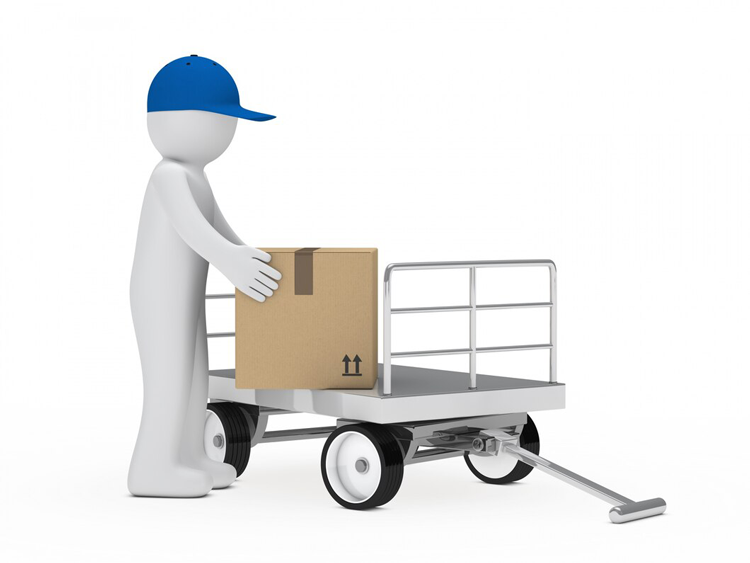Different Types of Pick & Pack Methods and Why it’s Important to Know
09 Jan 2024
|by diadmin

A critical and often challenging step in the order fulfilment process is pick and pack.
Many e-commerce businesses depend on third-party providers to handle pick and pack. However, beware, as finding a provider that is capable of servicing your business’ unique needs may be costly.
This article dives into the world of pick and pack for online business. What it is. Why it’s important. The different pick and pack methods, and what your business should keep an eye on when it comes to deciding factors.
Defining pick and pack
In pick and pack, individual items are picked from stock (pallets or cartons) usually stored at a bin location in a warehouse, which forms part of a customer’s order. These are then placed into boxes or envelopes, ready for dispatch.
When done correctly, packages can be shipped anywhere around the world, resulting in high customer satisfaction, increased conversion, retention and repeat.
The challenges
Pick and pack can be complicated and require a high level of coordination, organization, and attention to detail. And all this needs to integrate seamlessly with packaging, labelling, and freight.
The different pick and pack methods
There are three key types of pick and pack methods that are employed in e-commerce. Choosing the correct method for your current stage of business will determine how efficient you are, and how much you save in time and cost. Added to this is how you group to fulfil these orders as outlined in points 4 and 5.
1. Piece (order) picking, is the most straightforward of all the picking methods and is typically best suited to businesses with fewer SKU constructs, where orders are fulfilled sequentially and all items in an order need to be picked before moving on to the next order.
2. Bulk picking is more efficient. When a pick-run is created using this method, the selected orders will be deconstructed, and all items from the selected orders will be grouped and constructed into a picking slip, ordered by either location sequence or alphabetised. Items picked will be sorted or re-organised into orders during the dispatch process.
3. Tote picking, where workers pick and sort items for multiple orders at once. Using mobile trollies, dedicated totes are used to separate items according to order while items are being picked. When a tote pick is complete, each order is ready to be boxed, labelled and dispatched.
4. Zone picking, where the warehouse is divided into different zones according to the structural or functional setup. Common zones include pick face/bins, pallet storage, bulk storage/floor area, cool rooms, etc. Orders are picked from their assigned zones, usually being transferred manually.
5. Wave picking sets a limit on orders allocated to each pick-run/resource, making sure all picking tasks are feasible and achievable. Limits could be determined by the number of orders and order sizes, etc.
Deciding factors that your business should keep an eye on
A few closing remarks when deciding on a pick and pack solution. Is it scalable? How robust or versatile is it? A start-up or small business may only require one or two picking methods. As your business grows, keeping costs down and efficiency up means you will require more sophisticated pick methods, such as tote pick.
To learn how EIZ can handle your business’ pick and pack, no matter your size, reach out to us today at enquiry@eiz.com.au.